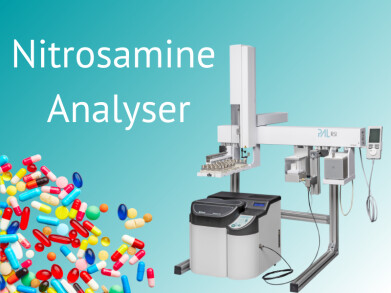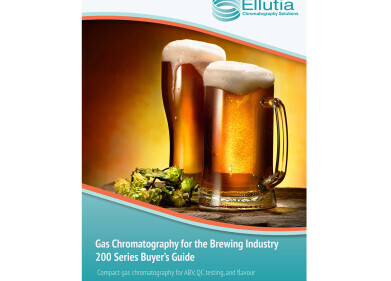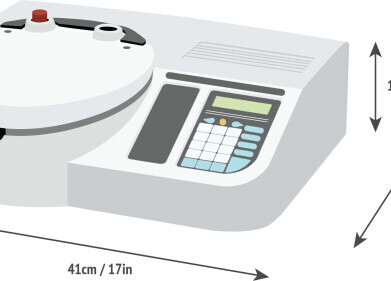Chromatography
Avoiding unexpected nitrosamine contamination
Oct 04 2024
In 2018, the pharmaceutical industry was rocked by the presence of an unknown contaminant in batches of the blood pressure medication valsartan, this was subsequently found to be nitrosamine NDMA. This then led to subsequent discoveries of previously unknown nitrosamine contamination in other products, such as the heartburn medication ranitidine and the diabetes medication metformin. The result of this was multi-million dollar fines and reputational damage to companies involved as well as governing bodies such as the EMA and the FDA requiring that risk assessments for nitrosamine contamination be conducted for all drug products.
Initially, this was focused on well-known small-molecule nitrosamines such as NDMA. However, as time progressed, it became clear there were many more types of nitrosamines being found in the drug products. With nitrosamines potentially being formed from the active pharmaceutical ingredients themselves, knowing what to look for was becoming an ever-increasing challenge.
Many of the analytical methods focused on the very targeted analysis of a prescribed list of compounds. However, this focus opens the possibility of unexpected nitrosamine groups going undetected. This could be from a nitrosamine that forms in the final product from a combination of ingredients that had not been identified as a risk or even a nitrosamine being introduced from contamination in the manufacturing process. If it is not on the list of compounds being tested for, there is a good chance it will go undetected.
There are a few approaches that can be taken to try and address this issue.
One way to tackling this issue is ATNC analysis (Apparent Total Nitrosamine Content). This is a non-targeted screening technique that can be used to quickly identify the presence of nitrosamine contamination within a sample. This approach targets the nitrosamine functional group rather than a specific nitrosamine molecule, giving a single response for all nitrosamine content in a sample. This allows a user to quickly identify if a sample is free of potential nitrosamine contamination without worrying about what nitrosamine molecules are present.
The Automated Total nitrosamine analyser from Ellutia can rapidly screen samples to confirm they are free of potential nitrosamine contamination down to ppb levels without needing standards for every specific nitrosamine. This allows users to focus specific, speciated testing only on samples that show potential contamination levels.
Find out more about how the automated total nitrosamine analyser works and how it can help with nitrosamine testing.
More information online
Digital Edition
Lab Asia Dec 2025
December 2025
Chromatography Articles- Cutting-edge sample preparation tools help laboratories to stay ahead of the curveMass Spectrometry & Spectroscopy Articles- Unlocking the complexity of metabolomics: Pushi...
View all digital editions
Events
Jan 21 2026 Tokyo, Japan
Jan 28 2026 Tokyo, Japan
Jan 29 2026 New Delhi, India
Feb 07 2026 Boston, MA, USA
Asia Pharma Expo/Asia Lab Expo
Feb 12 2026 Dhaka, Bangladesh



















